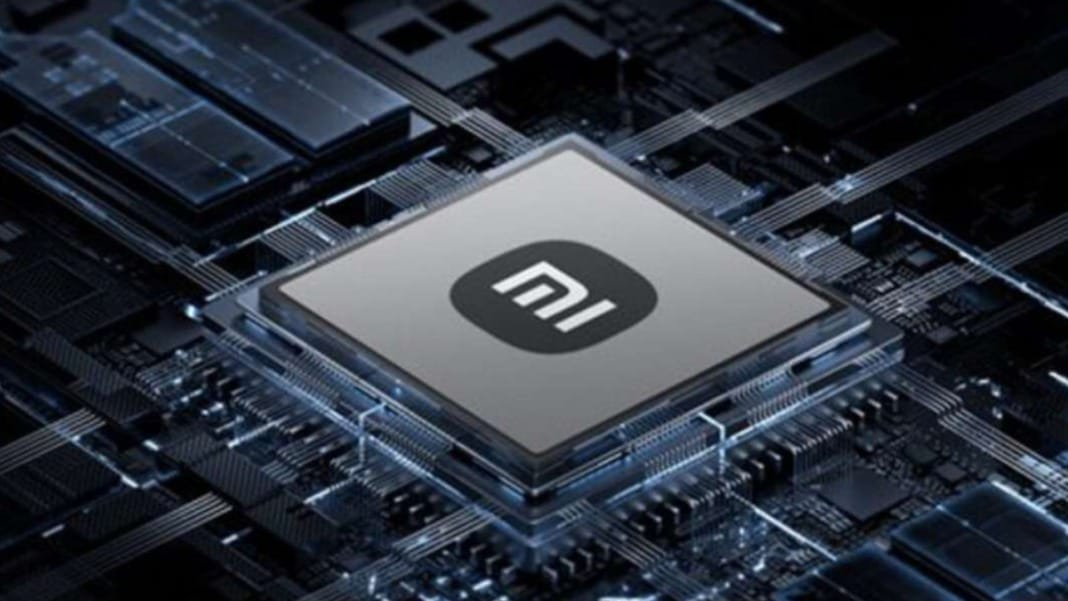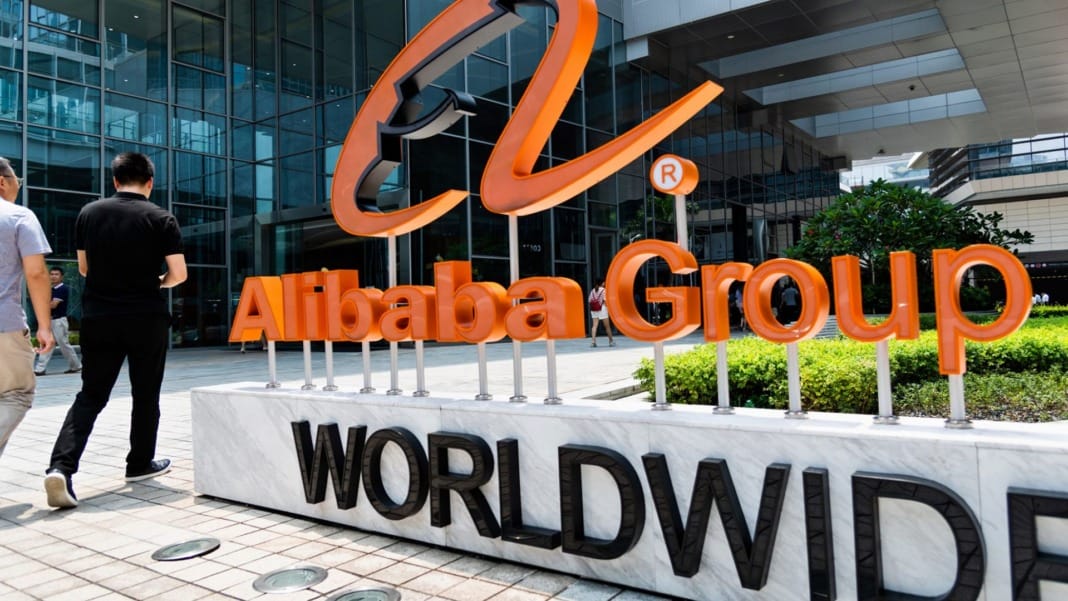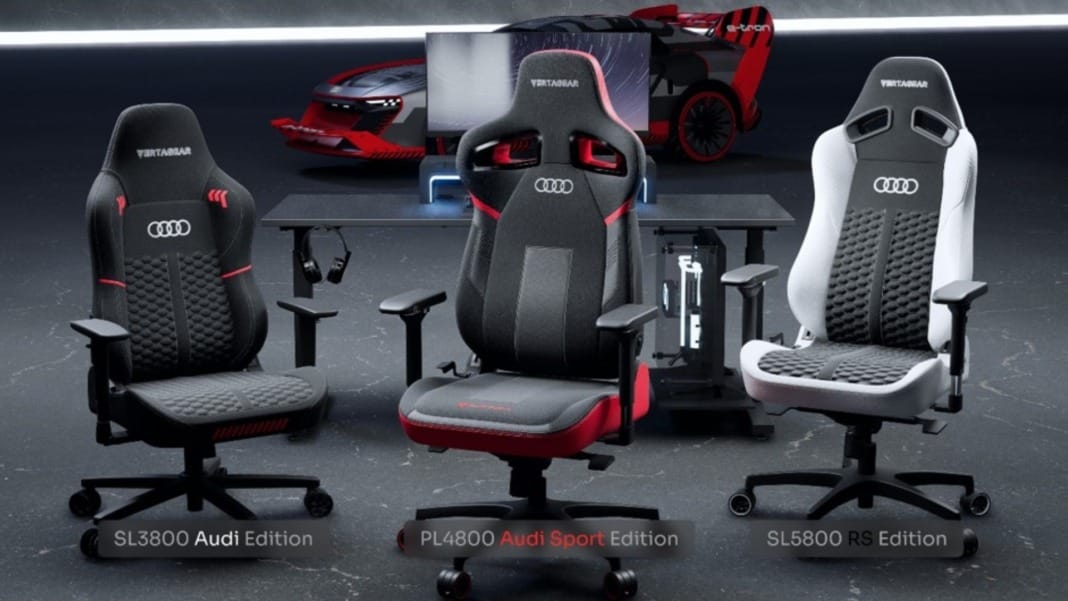You’re now seeing Xiaomi enter a new chapter in the global tech race. The company has mass-produced its new 3-nanometre chip, the XRing O1. This powerful chip will be featured in Xiaomi’s upcoming devices, including the 15S Pro smartphone and Pad 7 Ultra tablet. The announcement came from Xiaomi’s founder and chief executive, Lei Jun, just ahead of the company’s latest product launch in Beijing on June 20.
Lei shared the update in a post on Weibo, confirming that the XRing O1 chip uses the advanced 3-nanometre lithography process. While Xiaomi has not revealed which chipmaker is behind the production, it’s clear that the chip was designed in-house. Due to US restrictions, Chinese chip foundries cannot yet mass produce chips at this scale, suggesting the company may have partnered with overseas manufacturers.
Even so, Xiaomi has now joined a very exclusive group. Only Apple, Qualcomm, and MediaTek have managed to bring 3-nm mobile chips into mass production. With this development, Xiaomi becomes the fourth company globally to reach this milestone.
A major step for China’s tech self-sufficiency
The XRing O1 is more than just a new product—it’s a statement. It shows how far Xiaomi has come in its efforts to push China towards greater technology independence, especially as the US continues to tighten export rules on advanced chips and manufacturing tools. Lei Jun made it clear in his posts that breakthroughs in chipmaking are key to Xiaomi’s future in what he called the “hardcore technology” space.
Xiaomi’s focus on chip design follows major investments in smartphones and electric vehicles. The launch of the XRing O1 underlines its push into more complex and high-value tech sectors. State media praised the development, including CCTV and the People’s Daily. CCTV called it “exciting news for the country’s semiconductor industry,” especially as the sector saw export volumes pass 1 trillion yuan last year.
Xiaomi spent 13.5 billion yuan (about US$1.9 billion) to support the chip’s development. Looking ahead, the company has pledged another 50 billion yuan over the next decade to support further semiconductor work.
XRing O1 performance and industry response
The XRing O1 is packed with around 19 billion transistors—the same as Apple’s A17 Pro chip, which launched in 2023. This puts Xiaomi’s chip on equal footing with some of the best processors currently in use. Early benchmarking tests on platforms like GeekBench show the chip performs well in single-core and multi-core tasks, even rivalling Apple’s A18 series and Qualcomm’s Snapdragon 8 Elite.
Despite the competition, Xiaomi continues to work closely with Qualcomm. At the Computex 2025 trade show, Qualcomm CEO Cristiano Amon highlighted the ongoing partnership with Xiaomi. Qualcomm has long supplied chips for Xiaomi’s devices, and this relationship is expected to continue alongside Xiaomi’s chip development.
Xiaomi’s share price reflected investor confidence following the announcement, rising 4.68% to close at HK$54.80 (US$7) on June 18. This strong performance on the stock market shows how significant this breakthrough is—not just for Xiaomi, but for the wider tech industry in China and around the world.





